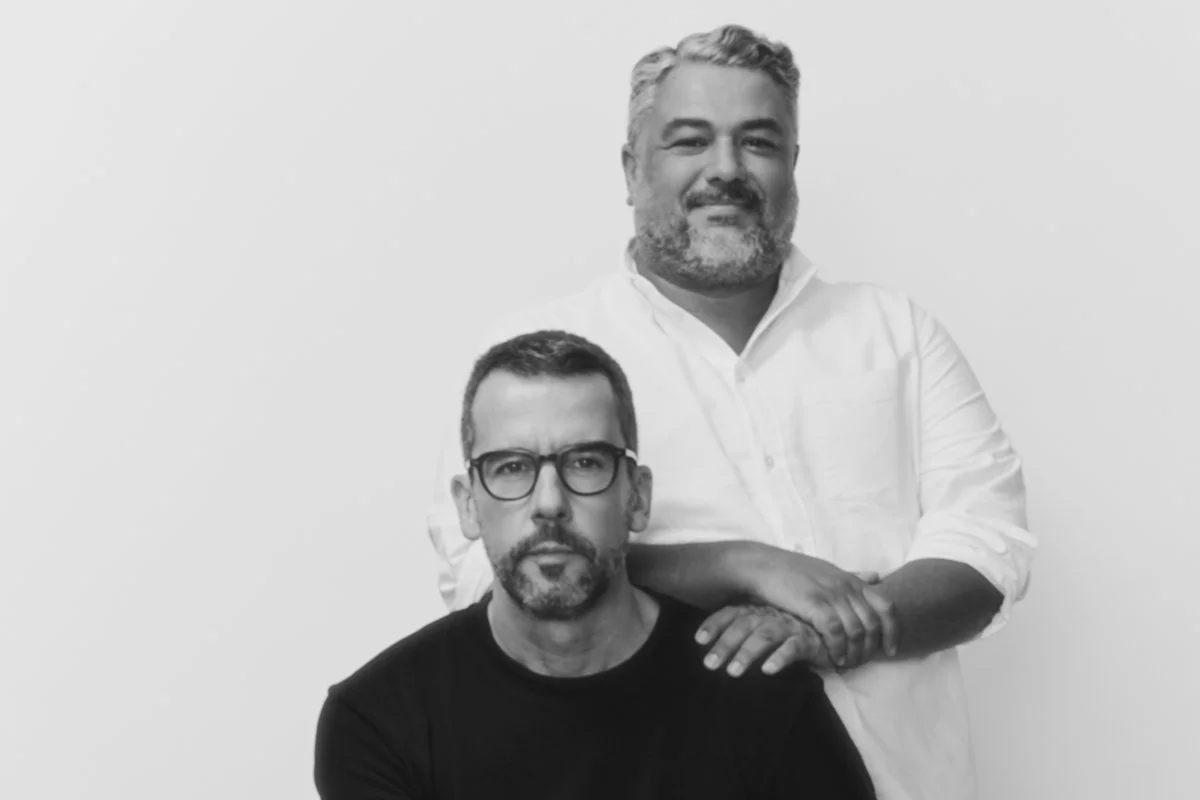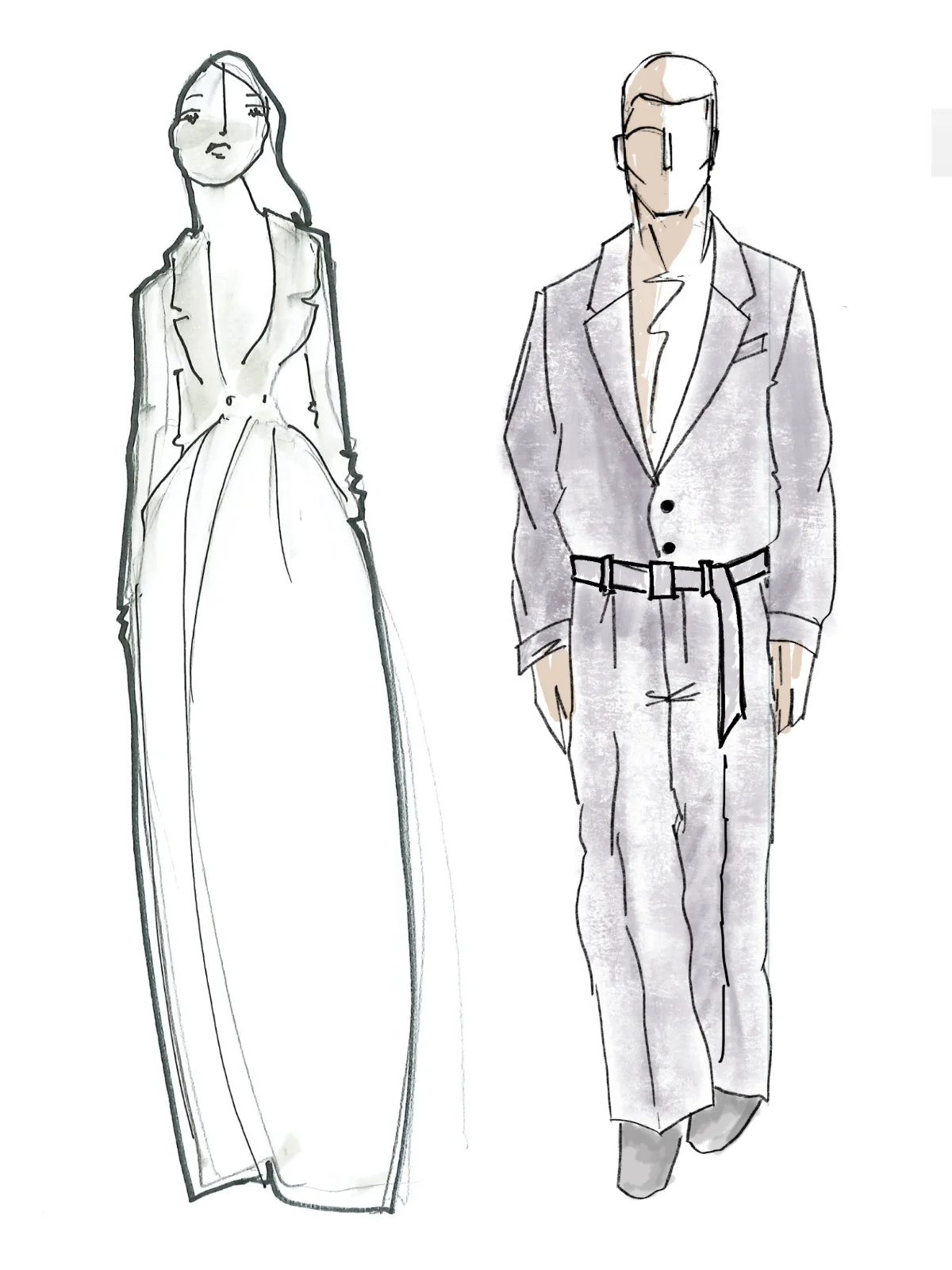Contact
Press
About Pedro del Hierro
Pedro de Hierro is a fashion brand that understands and adapts to society’s lifestyle and needs, presenting versatile, innovative, functional collections that are high quality and have been meticulously designed. It offers elegant, comfortable, stylish items for any occasion.
The firm belongs to Tendam, a leading company in the fashion sector, since 1992 and it's currently present in 42 countries with around 300 points of sale.
Pedro del Hierro at MBFWMadrid
Collection lines
Pedro del Hierro presents his spring/summer 2026 collection at Mercedes-Benz Fashion Week Madrid, with a fashion show that will take place at the Palacio de Cristal de Cibeles, on Wednesday, September 17 at 1:30 p.m., under a resounding title: La Gran Metrópoli (The Great Metropolis).
A contemporary tribute to a city of cities, which does not stop with the sunset, but is revitalized in an explosive cross between glamour, party and urban architecture. In this fictitious scenario of long nights, impromptu galas, relaxed chats and stylish terraces, Pedro del Hierro presents a closet that responds to the heat with elegance, to the night with design and to the city with character.
The collection is inspired by the atmospheric power of a capital city stirred by the desires of its residents, who celebrate every moment of the summer solstice: from the golden light of dusk to the promise-laden darkness of dawn. A chromatic scale that runs through a range of flaming colors -oranges, burgundy, amethyst, pomegranate red- in contrast with absolute whites, deep blacks and a duck blue that introduces freshness. Among the visual references to which The Great Metropolis refers, the intensity of Mark Rothko, the conceptual graphics of Sho Shibuya and Olafur Eliasson's solar installation at the Tate Modern.
The feminine proposal, signed by Nacho Aguayo, draws a night woman, sensual and faithful to her style. Long, fluid and ethereal dresses that fly over the catwalk; reinterpreted tuxedos; technical fabrics with flight; viscous silks and transparencies that suggest more than show. Each look responds to an imaginary date: an opera, a premiere, a premiere in the center of the city. The detail as an author's gesture and the insinuation as a form of power.
For his part, Álex Miralles builds a masculine collection that balances structure and freedom. Linen and linen-silk tricots, tank tops that border on provocative, light jackets and shirtless summer coats, designed for a masculinity without complexes. Tuxedos are reinterpreted with shiny fabrics, sequins shared with the women's line, and suede nods that reinforce the
message of relaxed luxury. The result: a man determined, elegant and ready to light up the main avenues.
As usual, both creatives play with cross-genre codes, sharing fabrics, palettes and structures. A compact, elevated and sensual collection that dresses the protagonists of an imagined city, The Great Metropolis, as cultural as it is effervescent.






